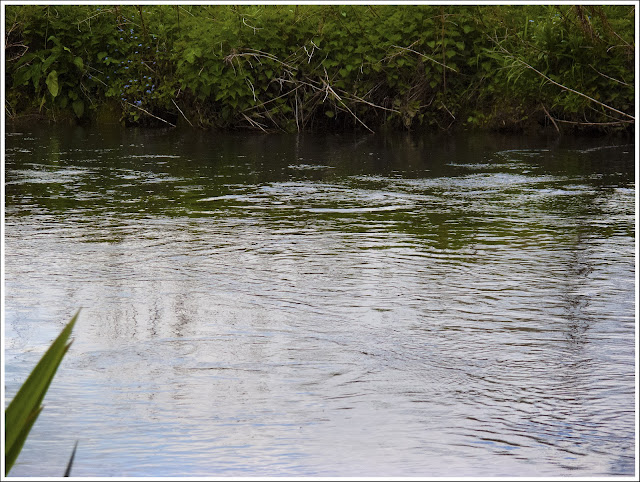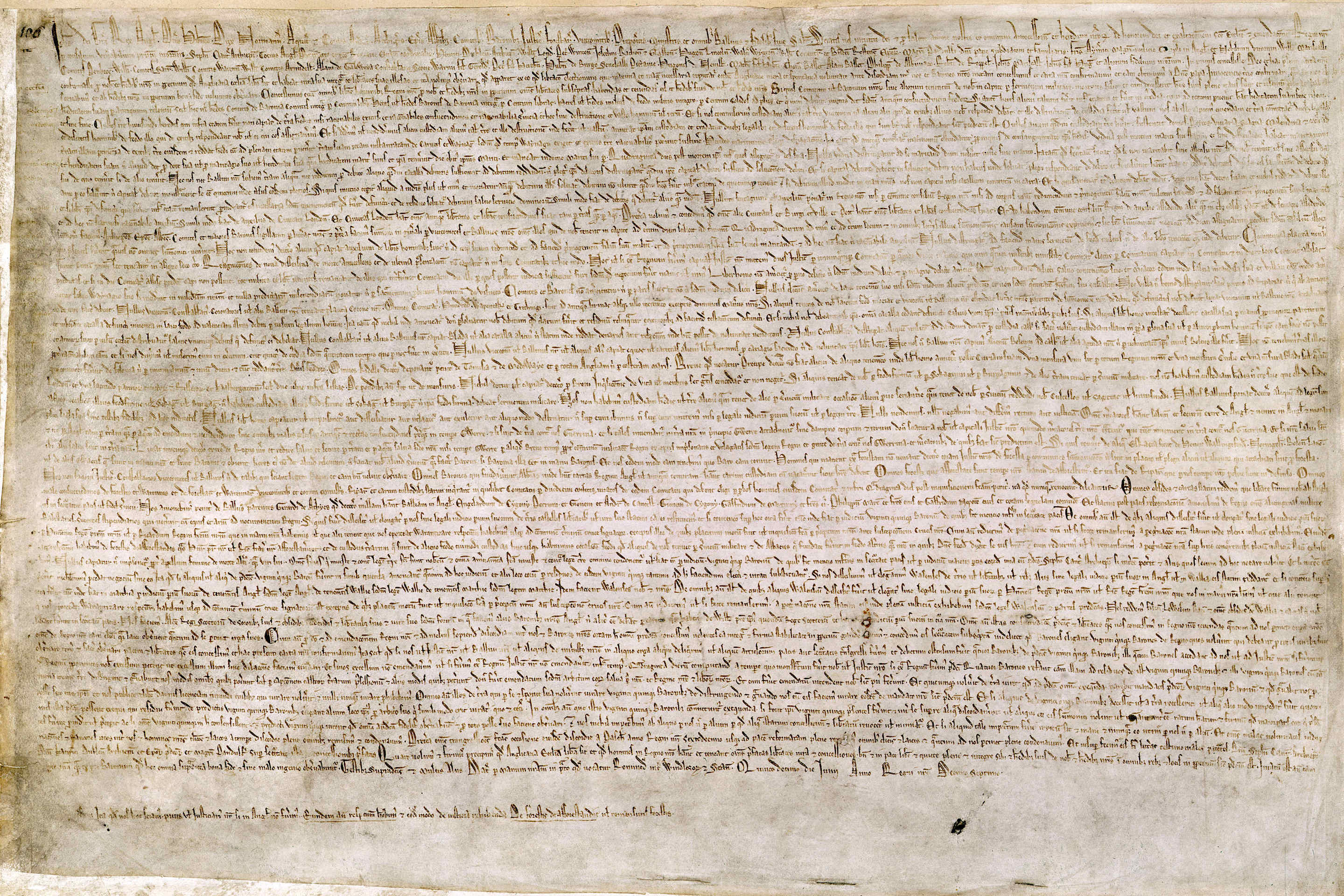On Saturday afternoon, the lady in the local fly fishing shop advised us that we'd be better off not fishing until 8 o'clock in the evening. She had a point in the heatwave conditions, but we ignored her advice and fished through the whole day, in the blazing sunshine!
 |
| Not John's first fish of the day, this fish was one of his later captures |
Here he is casting up to a rising fish with his "88".
The fishing, for your faithful correspondent, was slow to start with but, as the day wore on the true mayflies, the Drake, came on and on and on... At this time of the season the trout were still wary of these big flies and made their attacks with what seemed like a little bit of fear and circumspection. Occasionally a fly was taken with easy confidence. Those were the fish I decided to target. The trick was to have picked the right fly to watch just prior to it being taken to work out what fake mayfly would be likely to work best.

Eventually it became clear that the comfortable trout were eating the Spent Gnat, the mayfly spinners. These were mingled in amongst the freshly hatched and hatching Drake and I'm sure they were from the day before. So... The Poly Prop Spent Gnat (PPSG) was put on and, bit-by-bit, the Sport became better and better.
After feeding us at luchtime our host and guide, Howard, told me how far up the beats went and whetted my appetite when he mentioned that the top beat was rather wild and that nobody went there very often. I resolved to work my way up there and after fishing it a little to come back down and join the rest of the group for the evening.
We split up and went in different directions. David, a pal of Howard's opted to fish around the fishing house as that was where he had his new partner, Riley, lightly and longly chained up in the shade with plenty of water. Riley is 8 weeks old and already a charming character.
Here's Riley with Fred, Howard's Brother-in-Law on the left, John holding Riley in the middle and Howard our friend, host and guide, on the right of the picture.
Fishing intermittently as I walked and worked my way upstream it became clear that the Drake were getting very busy indeed. The duns were coming off at great speed. The hot sun had their wings dried instantly and they were only on the surface for two or three seconds each at most. The spinners were returning in greater numbers and there were more trout happy to eat them. Certainly there were duns being eaten but the majority of flies being eaten were the dead and dying spinners, the "Spent Gnat".
The fish came rather easily and after catching and snapping a few before returning them I thought I'd call on the cell 'phone and check on how John was doing.
"Hello..."
He sounded a bit too quiet, subdued even.
"How are you doing?"
"I've had nowt since lunchtime..."
"Are they not rising down there?"
"Aye but they're not taking my fly."
"What have you got on?"
"That white bodied mayfly with the yellow hackle."
"They're on't Spent Gnat! Get a Spent Gnat on and come up here. I'll leave these and go on. Just walk up river until you come to a right hand bend and electricity cables high over the river. And get a Spent Gnat on!"
"How long will it take to get up there?"
"Ten minutes at most! Get thissen up 'ere!"
Quick march, past all the fish rising nicely to the Spent Gnat, through a couple of gates and I was at the bottom of the top beat. It is quite a small river up here and there are more trees and bushes overhanging the water's edge. The whole of this river has very little cover to hide behind so it is necessary to crawl into position and use what tufts and tussocks you can find to lurk from. Up here it was the same but there was more cover for the fish and it made for some interesting casting.
Here's an example of the cover for the angler... Those thistles on the right will do nicely but the head has to be kept down low. If necessary to sit back from the water's edge and cast overland a little bit.
As the sun lowered it became more and more important to keep the head down...
Here's a cracking spot. The rising trout was on the other side of the hanging fronds of willow calling for a crooked cast and some courage in the face of the potential for losing the fly. It was almost like being at home in Derbyshire!
Here's the fish. I think it might be a wild bred fish... Scale adhesion is excellent, the fins are a little bigger than those of the others and the white leading edges to the pelvic and anal fins make me think it really is a wild fish. Either way it was worth the effort. Click on the picture and judge for yourself.
On the way home, we had set off shortly before 11 o'clock in the evening, I found myself drifting off to sleep while John did the driving. In my dreams I saw my fly being taken again and again. At one point I awoke with a start and realised I'd been striking at the fish in my sleep. Poor John must have wondered what on Earth I was up to...
All in all we had a splendid time in the Hampshire sunshine. What a generous treat we had. Thank you Howard, you certainly know how to look after us. We hope to do the same for you in future.
Regular Rod






































